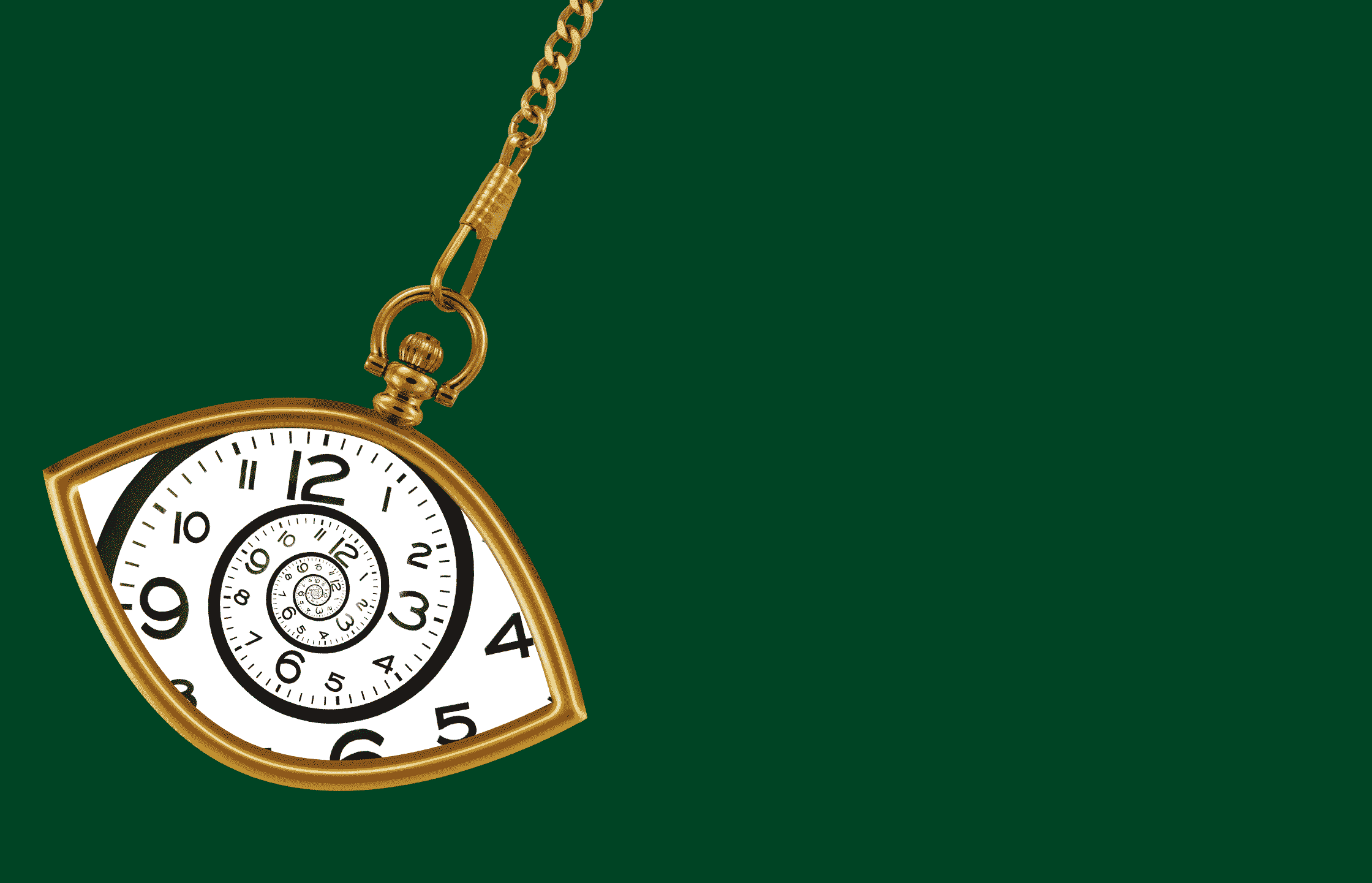A Spell for Sore Eyes
A Miller School student aids research in treating chronic eye pain with hypnosis
By Cara Masset
Illustration/animation by John Kuczala

The study goal was to teach patients to view their pain as a controllable entity they could manage.
When Ashlyn Anzu Gary was a first-year University of Miami Miller School of Medicine student, she watched a documentary that showed a patient undergoing a tooth extraction — without anesthesia. The patient stayed remarkably calm and pain-free by being kept in a hypnotic state under the guidance of a hypnotherapist.
Gary, who watched the film in a class about mind-body medicine, was fascinated. She was pursuing a scholarly concentration in the Miller School’s Advancing Mind-Body Medicine Pathway, and she searched for ways to learn more about hypnotherapy for her student scholarly project.
“I started finding this growing body of research suggesting that hypnotherapy could be very beneficial as a complementary treatment approach,” she said. “I was really interested in the pain management aspect.”
Gary soon landed a unique opportunity to help launch an interdisciplinary clinical research program exploring hypnotherapy as a treatment for people with chronic eye pain. She assisted in the novel clinical program under the direction of mentors Anat Galor, M.D., M.S.P.H., professor of ophthalmology, and Mary Ishii, Psy.D., voluntary assistant professor of psychiatry and behavioral sciences, and the clinical psychologist/hypnotherapist at UM/Jackson Memorial Burn Center.
The team focused on patients with neuropathic ocular pain (NOP), a rare disorder that occurs when the eye’s corneal nerve malfunctions. Dr. Galor, one of a handful of global experts who treat NOP, said patients typically describe their eyes as burning, dry or achy, and they often spend years unsuccessfully looking for relief with eye drops or pain medications while also struggling with mental health challenges.
“Many people who feel their eyes because their nerves are dysfunctional also have an emotional component to the pain,” Dr. Galor said. “They have depression and anxiety associated with eye pain. We wanted to see if hypnosis could help.”
Gary helped eight of Dr. Galor’s NOP patients enroll in a series of 10 hypnotherapy sessions; in them, Dr. Ishii guided each patient into a relaxed state and used words like “soothing” and “cooling” to help them reframe their brain’s reaction to pain signals from the corneal nerve. The goal was to teach patients to view their pain as a controllable entity they could manage.
In their pilot study, the team found that patients who completed the hypnotherapy sessions reported a drop in pain levels as well as anxiety levels, suggesting that this is an approach worth further investigation and implementation.
Gary said the project “widened my scope of understanding as to what mind-body medicine can be.” ![]()


